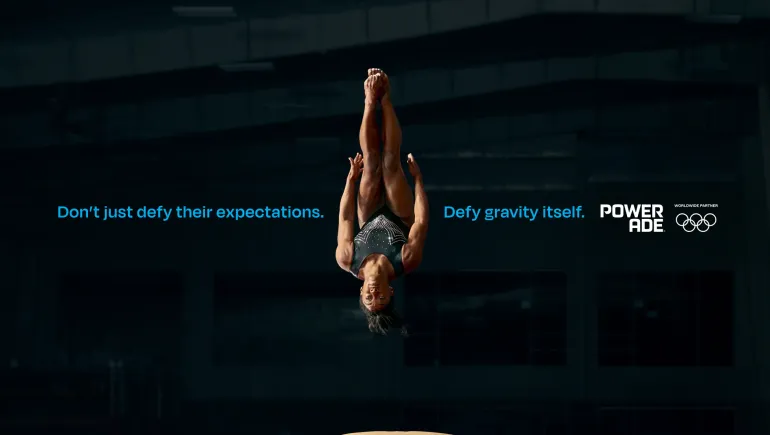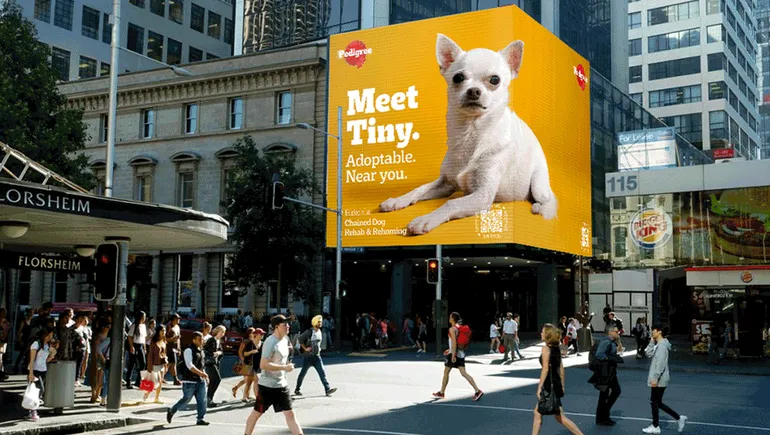
How Influencer Marketing Moves Beyond Raising Awareness
One of the biggest challenges in social-media marketing is making a direct connection between social activities and the point of sale. For the most part, social and influencer marketing are largely considered awareness-raising tactics, so effectiveness is usually measured using three main metrics: reach, impressions and engagement.
However, from awareness to familiarity and consideration, consumers at different stages of the purchase journey regularly interact with influencer content. Therefore, by working with social-media stars, brands are able to influence consumer decision-makings and ultimately shorten the sales cycle.
In traditional marketing, brands blast consumers with sales pitches and promotional messages to drive conversions. Today’s decision journey is a highly consumer-driven process where empowered customers use Internet and social media to actively seek information helpful to them. According to McKinsey, two thirds of consumer touch points with brands during the consideration phase, where people add or subtract products based on their evaluations, are customer-centric activities such as online reviews and word-of-mouth recommendations.
In today’s world, here is a layer of social relevance in the modern sales funnel — brands not only need to know who their target customers are and what they like, but also who they listen to and are connect with. In essence, the idea is to understand the customer so well that you know what motivates them to make a purchase and develop content to guide them toward that destination.
So how does influencer marketing fit into the whole process?
Education phase
For consumers who have only heard of your brand or seen your ads somewhere, collaborating with influencers is a great way to get them familiarize with your brand identity and product offerings. For instance, influencers can help tell a great story that instantly elevates your brand image and fosters strong brand affinity among their fans. If your products have more technical details and require more usage instructions, influencers are able to create how-to tutorials that demonstrate product benefits in an easy-to-understand way.
Consideration phase
When consumers are comparing your products to competitive ones, reviews can be make-or-break factors for their final purchase decisions. A review from an average customer is valuable, but it can never rival the reach and effectiveness of an influencer review that is well trusted by the followers. While a typical customer review evaluates a product based on an individual’s circumstances, influencers usually test a full range of products in a given category in order to offer recommendations that cover different people’s needs. Most importantly, social validation and third-party endorsement is key to captivate today’s social-savvy consumers.
Purchase phase
Offering discounts to wavering customers is probably the quickest way to convert them into sales. One way in which influencers can step in is to weave announcements about your sales events into nicely packaged posts that entice their fans to take actions. Another approach is for influencers to share promo codes — the best practice here is to always create codes unique to each influencer you are working with, so you can track whose audience respond well. This is particularly important if you are promoting on platforms such as Instagram and Vine, where direct sales attributions are not currently available due to their mobile native nature.
Other considerations
Admittedly, brands are also able to target prospects at different phases of the life cycle by producing tailored, engaging content on their own. In fact, GoPro, Red Bull, and GE are among some of the most sophisticated content marketers out there who have successfully become social influencers themselves. However, the level of trust that people have towards influencers is unparalleled — it has been shown that offers shared by trusted advocates are four to 10 times more likely to convert than those distributed by brands.
Here are some tips to help you make the most of influencer marketing that aligns with the consumer purchase journey.
Develop relationships.
Influencers usually collaborate with brands whose products they genuinely like. Turn one-off projects into long-term brand-influencer relationship by regularly interacting with influencers on social media and inviting them to your events. After all, a true brand advocate is hard to come by.
Encourage full disclosure.
Being forthright about sponsorship details is not only compliance with FTC regulations. In fact, including a disclaimer about the relationship between brand and influencer could boost the credibility of the brand as well as the endorsement.
Give influencers creative freedom.
Authenticity is the currency of influence. The more authentic influencers are, the more their content will resonate with their audience. If you are merely using influencers as digital billboards to broadcast your brand messages, you are being disrespectful to the influencer as well as their audience you want to reach.





